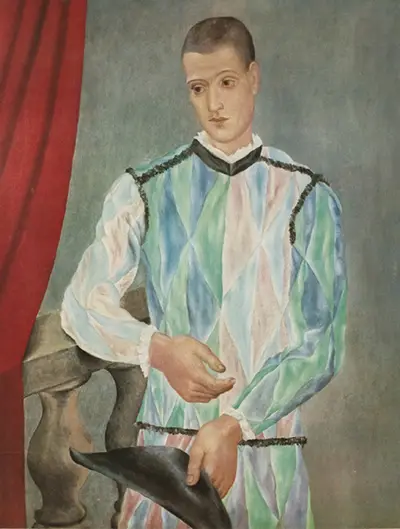It has also been used as a medium to entertain and enrich. The emergence of abstract art was a cry, by gifted artists, for a different and further intellectualized form of expression from what was familiar. It arose from the need to go beyond the perceived limitations of more traditional, accepted styles of painting. As a painter, Pablo Picasso has been celebrated for his rebellious, unencumbered brilliance through the initiation of several distinct styles and tones throughout his career. This career saw him, at an early age, show a prodigal talent with naturalist painting, then begin to branch into experimentation with constructed sculpture, Cubism, and Collage. These, he co-invented with fellow painter, Henri Matisse.
He and Matisse took naturalism in a different direction through the analysis and interpretation of subject matter found in nature. This style of geometrical interpretation, characterized by the deliberate arrangement of rectangles, spheres and cones to represent a subject resulted in the birth of Cubism. Picasso's life work, often categorized into periods segmented from 1901, showcases at least six distinctive phases or styles of expression. They include a Blue Period, where much of his paintings were done in sombre blueish-green hues, with warm colours used sparingly. His Rose Period works employed the use of warmer colours and the subject matter was generally more cheerful and light.
His African Period work incorporated lines and symbolism used commonly at the time in African sculpture. The Cubist works saw his subjects being represented from multiple abstract viewpoints, rather than from a singular one. Crystal Cubism paintings made use of sweeping geometrical planes, and characteristically appeared extremely flat, or two-dimensional. Beyond the 1920's his work included styles from aforementioned periods, as well as some surrealism, a style that represented the workings of the sub-conscious mind. Picasso originally painted his Barcelona Harlequin in 1917, at the age of thirty-six, close to the time period when he was transitioning to the neo-classical style of his later years. In this painting, the harlequin stands, resting his arm on a balcony railing.
There are hints of Cubism in the picture - the right arm is not fully foreshortened and appears somewhat unnatural in its presentation. In addition, while the subject has neat, regular facial features, his right eye appears to lack a natural symmetry with the left; it appears to have been placed from a different perspective, as is in keeping with the Cubism style. The Barcelona Harlequin appears to be lost in his thoughts, his countenance suggesting possible sadness or uncertainty. Harlequins were, in fact, a favourite subject of Picasso to paint throughout his career. This particular harlequin stands alone, perhaps waiting for his cue to perform. Picasso used soft hues for his suit, which looks to be made of a slightly reflective, silken material.
The rich redness of the curtain adds a vibrancy that serves to alleviate some of the uncertainty transmitted when studying the painting; perhaps the harlequin is suffering stage fright. If a painting can be considered indicative of a painter's state of mind, the Barcelona Harlequin may be among one of Picasso's more balanced works, where elements of every one of his periods, styles and considerations make an appearance. It is a transitory style created by a mind that viewed existence from as many perspectives as he could possibly perceive.


